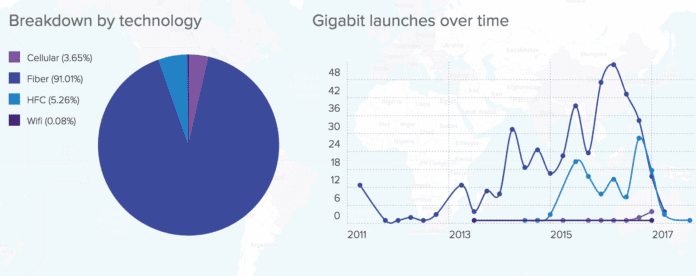Siemens has released new edge analytics tools to process data from workpiece machining, and deliver new insights and efficiencies to manufacturing operations. It has also revealed new edge hardware to simplify cloud connectivity for industrial IoT functions.
Its new MyWorkpiece applications, part of its Sinumerik Edge suite, enable manufacturing companies to variously record, analyse and monitor data from machine tools. They will form a part of its showcase at Hannover Messe 2019 at the start of next month.
The new Capture tool in its Analyze MyWorkpiece family enables machine-tool data to be recorded. Additional data such as drive currents, control deviations or spindle torque can also be captured. Recorded data can be imported into the new Toolpath management application, also part of the Analyze MyWorkpiece suite, where it can be visualised and analysed.
Positional data can be used for 3D representations and digital modelling; the application permits colour coding to identify anomalies. Target data can be compared to data recorded during the actual machining process, and flowed back into CAD/CAM models and numerical control (NC) programmes.
The new Condition application captures a mechanical fingerprint of the machine tool. Flexibly configurable measurement series can be used to capture a variety of parameters such as rigidity, friction and reverse backlash in the individual axes. Early identification of anomalies in the manufacturing process improves processes and reduces downtime.
Siemens’ Sinumerik Edge portfolio combines a range of software applications for capturing high-frequency data from machine tools, which is then processed, analysed and forwarded to higher-level systems.
The new Analyze MyWorkpiece edge suite of applications is designed to extend tool life by means of trochoidal milling for high-speed machining, which establishes a way to cut a slot other than using the standard slot milling method. In trochoidal milling, an end mill is used to machine the slot width using a circular movement. This is called the trochoid method.
Ahead of Hannover, Siemens has also simplified data transfers between industrial IoT devices and the cloud with the releases of a new communications processor and IoT gateway. Both are offered under its Simatic automation brand, both work with its S7-1500 controller, and both use the MQTT protocol.
Instead of every single sensor having to be connected to the cloud, the new tools means the S7-1500 can aggregate field data and link to additional process information, as required.
The new CP 1545-1 communications processor, featuring a new SPI firewall to protect the S7-1500, transfers data to the cloud platform. The new CloudConnect 7 gateway makes it easier to run cloud-based data analytics to run tasks like predictive maintenance, the company said.
Siemens is also offering new firmware and hardware with its Sinamics S120 drive system. The new firmware and web-server integration makes for easier operation, said Siemens. The web server has a new design, which reacts via standard web browsers regardless of the end device.
Siemens has added a number of high-end industrial PCs to its portfolio. The Simatic IPC627E, 677E, 647E and 847E units are equipped with 8th generation Intel processors and ultra high-definition graphics. They are available as rack, box or panel PCs, suited for control rooms and as machine-level systems, and designed for continuous operation and high levels of vibration, shock, EMC emissions, and ambient temperature.
Meanwhile, Siemens has announced it will acquire the string inverter business of German firm KACO new energy, a manufacturer of energy-related power electronics, for an undisclosed sum. KACO’s project development and EPC activities are not part of the acquisition. The transaction is is expected to close in the first half of 2019.
KACO new energy has 350 staff in nine countries. It sells a range of energy products, including inverter units for homes, commercial buildings, and industry. It also sells complete systems for solar parks. The company puts special emphasis on the fastest growing segments of string inverters for solar and storage applications, up to 1500V and using the latest semi-conductors.
Cedrik Neike, managing board member at Siemens, said: “With this acquisition, Siemens gains access to the latest technology, while KACO new energy will benefit from the resources required to scale up. Together, we will be able to apply the technology in exciting growth segments.”
Jean-Christoph Heyne, Head of Siemens’ new Future Grids business, adds: “Siemens is in a strong position to succeed in technology that supports the energy and mobility transition.”
Siemens new business structure comes into place from April 1, with a dedicated unit for ‘smart infrastructure’. “Our strengths in electrification and buildings will enable us to thrive in the market and continue to expand in the areas of decentralised energy, renewables, storage and electric vehicle charging infrastructure,” said Heyne.

